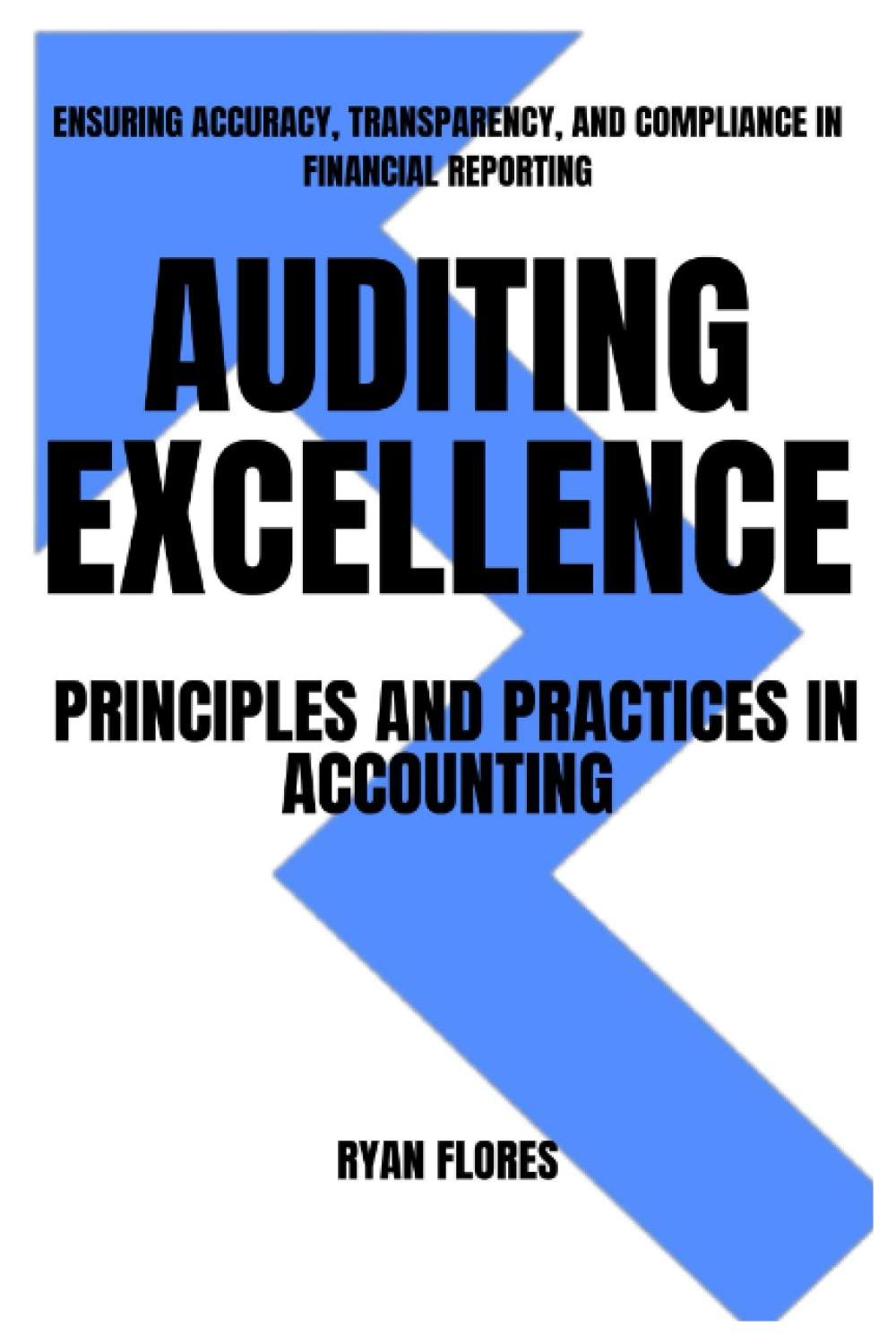



Jeremy earned $100,900 in salary and $6,900 in interest income during the year. Jeremy's employer withheld $10,000 of federal income taxes from Jeremy's paychecks during the year. Jeremy has one qualifying dependent child (age 14) who lives with him. Jeremy qualifies to file as head of household and has $26,700 in itemized deductions, including $2,000 of charitable contributions to his church. (Use the tax rate schedules.) a. Determine Jeremy's tax refund or taxes due. Amount $ 107,800 0 Description (1) Gross income (2) For AGI deductions (3) Adjusted gross income (4) Standard deduction (5) Itemized deductions (6) Greater of standard deduction or itemized deductions (7) Taxable income (8) Income tax liability (9) Child tax credit (10) Tax withholding Tax (refund) $ 107,800 18,800 26,700 26,700 $ 81,100 $ 12,138 3,000 10,000 $ 862 b. Assume that in addition to the original facts, Jeremy has a long-term capital gain of $8,050. What is Jeremy's tax refund or tax due including the tax on the capital gain? (Round your intermediate calculations and final answer to the nearest whole dollar amount.) Amount $ 115,850 $ 115,850 Description (1) Gross income (2) For AGI deductions (3) Adjusted gross income (4) Standard deduction (5) Itemized deductions (6) Greater of standard deduction or itemized deductions (7) Taxable income (8) Income tax liability (9) Child tax credit (10) Tax withholding Tax due 18,800 26,700 26,700 $ 89,150 15,172 X 2,000 10,000 3,172 X $ c. Assume the original facts except that Jeremy has only $7,000 in itemized deductions. What is Jeremy's tax refund or tax due? Description Amount (1) Gross income $ 115,900 (2) For AGI deductions 0 (3) Adjusted gross income $ 115,900 (4) Standard deduction 18,800 (5) Itemized deductions 7,000 (6) Greater of standard deduction or itemized deductions 18,800 (7) Charitable contribution $ 97,100 (8) Taxable income $ (9) Income tax liability 15,873 (10) Child tax credit 2,000 (11) Tax withholding 10,000 Tax due 3,873 *Red text indicates no response was expected in a cell or a formula-based calculation is incorrect; no points deducted. 2021 Tax Rate Schedules The tax is: Individuals Schedule X-Single If taxable income is over: But not over: $ 0 $ 9,950 $ 9,950 $ 40,525 $ 40,525 $ 86,375 $ 86,375 $ 164,925 $ 164,925 $ 209,425 $ 209,425 $ 523,600 $ 523,600 10% of taxable income $995 plus 12% of the excess over $9,950 $4,664 plus 22% of the excess over $40,525 $14,751 plus 24% of the excess over $86,375 $33,603 plus 32% of the excess over $164,925 $47,843 plus 35% of the excess over $209,425 $157,804.25 plus 37% of the excess over $523,600 Schedule Y-1-Married Filing Jointly or Qualifying Widow(er) If taxable income is over: But not over: The tax is: $ 0 $ 19,900 10% of taxable income $ 19,900 $ 81,050 $1,990 plus 12% of the excess over $19,900 $ 81,050 $ 172,750 $9,328 plus 22% of the excess over $81,050 $ 172,750 $ 329,850 $29,502 plus 24% of the excess over $172,750 $ 329,850 $ 418,850 $67,206 plus 32% of the excess over $329,850 $ 418,850 $ 628,300 $95,686 plus 35% of the excess over $418,850 $ 628,300 $168,993.50 plus 37% of the excess over $628,300 Schedule Z-Head of Household If taxable income is over: But not over: The tax is: $ 0 $ 14,200 10% of taxable income $ 14,200 $ 54,200 $1,420 plus 12% of the cess over $14,200 $ 54,200 $ 86,350 $6,220 plus 22% of the excess over $54,200 $ 86,350 $ 164,900 $13,293 plus 24% of the excess over $86,350 $ 164,900 $ 209,400 $32,145 plus 32% of the excess over $164,900 $ 209,400 $ 523,600 $46,385 plus 35% of the excess over $209,400 $ 523,600 $156,355 plus 37% of the excess over $523,600 Schedule Y-2-Married Filing Separately JIf taxable income is over: But not over: The tax is: $ 0 $ 9,950 10% of taxable income $ 9,950 $ 40,525 $995 plus 12% of the excess over $ 9,950 $ 40,525 $ 86,375 $4,664 plus 22% of the excess over $40,525 $ 86,375 $ 164,925 $14,751 plus 24% of the excess over $86,375 $ 164,925 $ 209,425 $33,603 plus 32% of the excess over $164,925 $ 209,425 $ 314,150 $47,843 plus 35% of the excess over $209,425 $ 314,150 $84,496.75 plus 37% of the excess over $314,150










